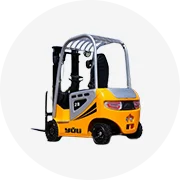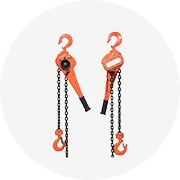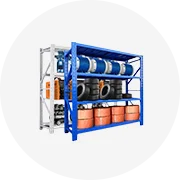Introduction to Mobile Racking System
A mobile racking system revolutionizes the way businesses store and manage their inventory. This innovative storage solution maximizes floor space efficiency by integrating mobile shelving units that move on tracks. By consolidating aisles, organizations can significantly increase storage capacity while maintaining easy access to goods. Ideal for warehouses, distribution centers, and retail establishments, mobile racking systems are a smart investment for those looking to optimize their storage operations.
Types of Mobile Racking System
- Manual Mobile Racking System
- Operated by staff, allowing for control over movement.
- Cost-effective for smaller storage requirements.
- Electric Mobile Racking System
- Utilizes electric motors for seamless movement.
- Ideal for larger warehouses requiring frequent inventory access.
- Heavy-Duty Mobile Racking System
- Designed to support larger, heavier items.
- Often used in manufacturing and industrial sectors.
- Asymmetrical Mobile Racking System
- Features varying shelf heights to accommodate different product sizes.
- Versatile for diverse inventory needs.
Applications of Mobile Racking System
- Warehousing
- Ideal for retailers and wholesalers requiring efficient stock management.
- Offers an organized solution to maximize vertical and horizontal space.
- Archives and Libraries
- Provides a compact storage option for documents and books.
- Facilitates easier access while maintaining order.
- Food and Beverage Industry
- Enables effective management of perishable goods.
- Supports compliance with health and safety regulations.
- Pharmaceutical Storage
- Allows for organized storage of medications, ensuring easy retrieval.
- Can be integrated into temperature-controlled environments.
Advantages of Mobile Racking System
- Space Optimization
- Maximizes storage capacity by reducing aisles.
- Increases the usable area of the facility without major renovations.
- Enhanced Efficiency
- Streamlined access reduces picking and restocking times.
- Facilitates better inventory management practices.
- Improved Safety
- Minimizes the risk of accidents with organized storage.
- Designed with robust features to prevent tipping or collapse.
- Customizability
- Can be tailored to specific storage needs and available space.
- Supports various sizes and types of inventory.

































































































































































































































































 浙公网安备 33010002000092号
浙公网安备 33010002000092号 浙B2-20120091-4
浙B2-20120091-4